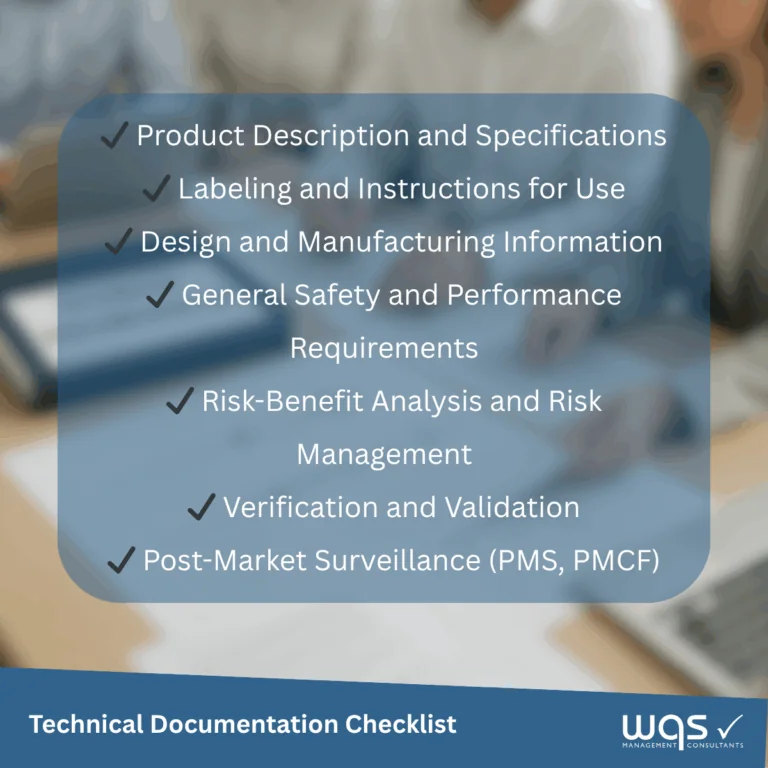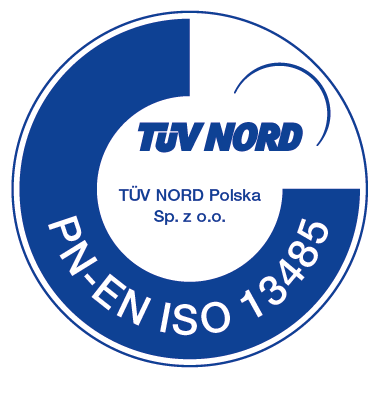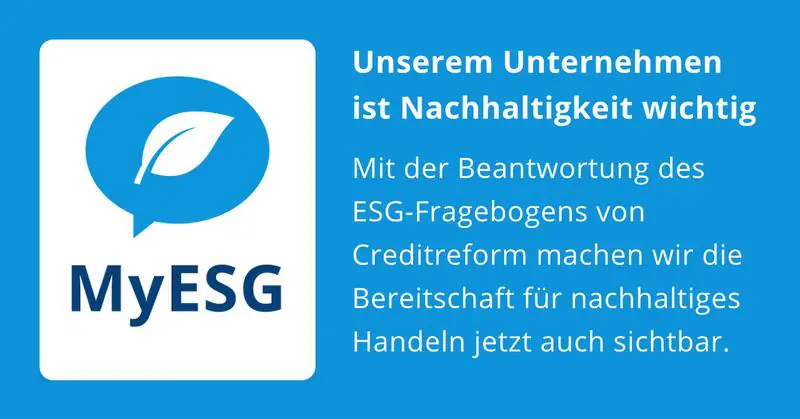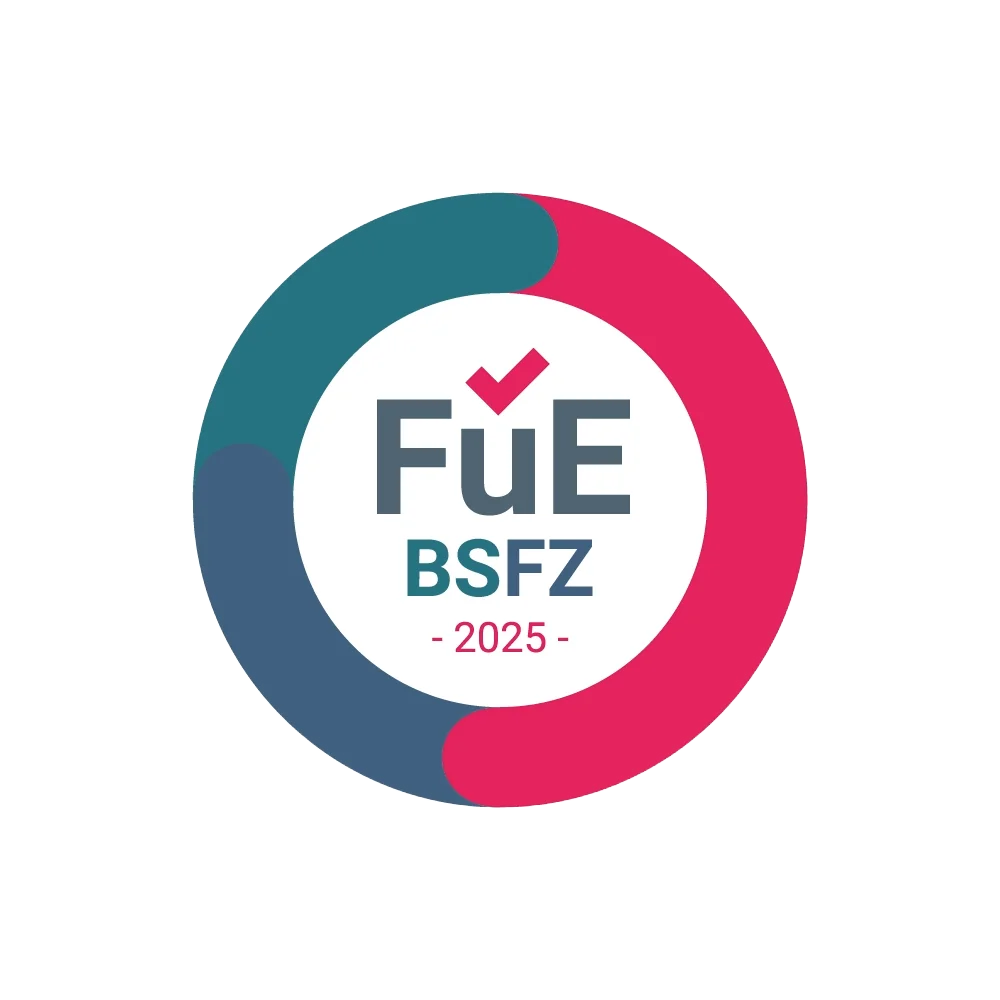Placing a medical device on the European market requires more than just an innovative idea — it demands clear proof that the device is safe, effective, and compliant with the MDR. This evidence is collected in the Technical Documentation, also known as the Medical Device Master File.
Under MDR (EU 2017/745), this documentation is mandatory for all devices, regardless of risk class. A complete Technical Documentation according to Annexes II and III of the MDR covers:
- Product Description and Specifications: Detailed information about the device (intended purpose, indications, contraindications, variants,…)
- Labeling and Instructions for Use: Labels, instructions for use and language requirements for each target market.
- Design and Manufacturing Information: Technical drawings, material data, outsourced processes, production flow.
- General Safety and Performance Requirements (GSPR): Checklist proving compliance with Annex I MDR; includes both harmonized and non-harmonized standards.
- Risk-Benefit Analysis and Risk Management: Risk Management File aligned with EN ISO 14971; shows how risks are controlled.
- Verification and Validation: Test data tailored to the product: always includes biocompatibility, clinical evaluation, usability; and depending on the product may include electrical safety, electromagnetic compatibility (EMC), shelf life, packaging validation, cleaning validation, etc.
- Post-Market Surveillance: PMS plan, PMCF plan, PMCF report, PMSR (for Class I devices), PSUR, SSCP (for implantables and Class III devices).
Notified Bodies review these sections in detail. Clear structure, traceability and completeness can significantly reduce certification time and prevent costly delays.
Need support with your Technical Documentation?
Look for more information abput the Technical Documentation or contact us for a quick meeting.

- WQS Management Consultants Inc.



